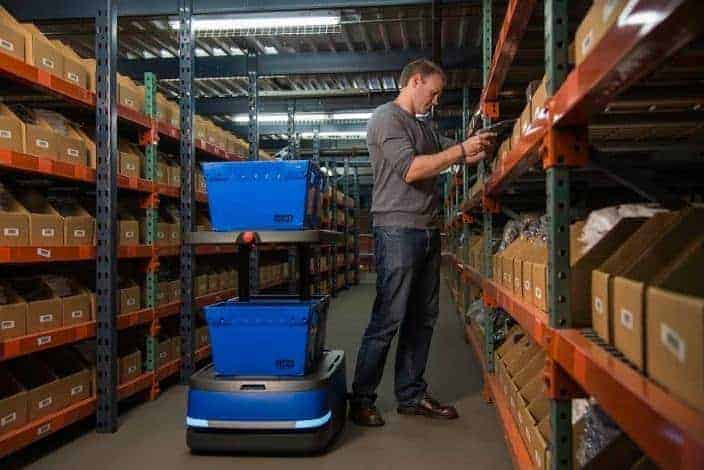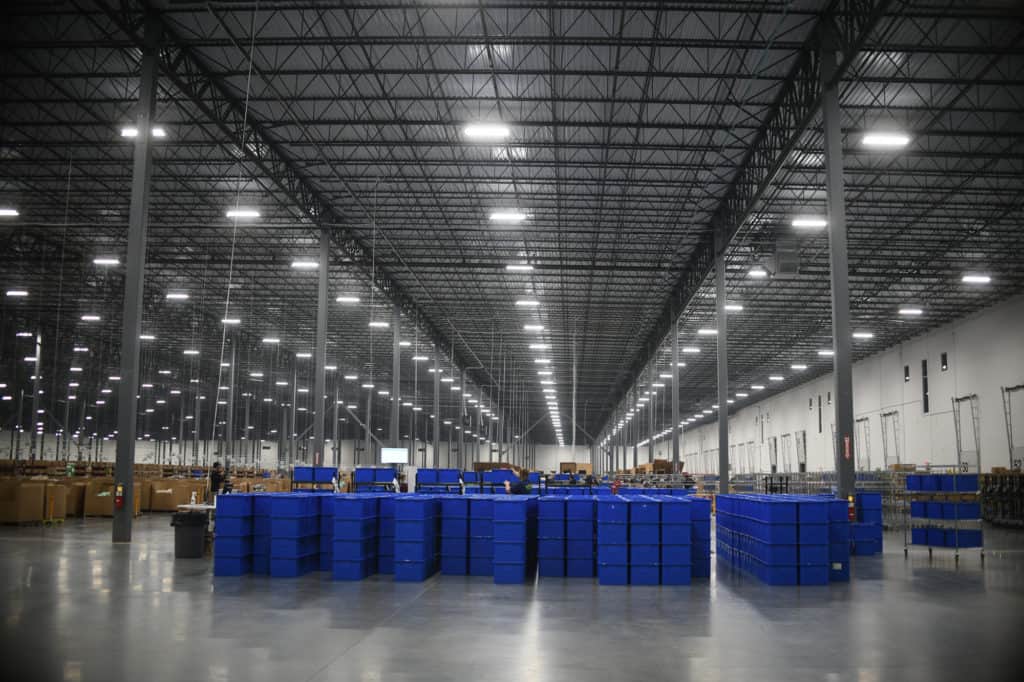We’ve come a long way since Henry Ford first introduced conveyor-driven assembly lines for his Model-T cars in 1913. At the time, it was an innovation, and ultimately, made the United States one of the most cutting-edge manufacturing hubs in the world. Conveyor-driven assembly lines became the standard in car factories by 1919, but over the last (almost) 100 years, several alternatives have been introduced.
Here’s a look at common conveyor system alternatives and the disadvantages or advantages of each.
The disadvantages of using conveyor systems
Many of the conveyor systems used for picking processes in today’s warehouses are roller conveyors. These machines have some advantages as they can be programmed at a variety of speeds, with some hosting a variety of different sensors. While roller conveyors may add value in certain settings such as plants and manufacturing spaces, they aren’t equipped for operations that have peaks in demand or changes to their business model or SKUs on the horizon. Here’s why:
- Conveyor systems require a change in infrastructure: Today’s conveyor systems may be smoother and quieter than ever, but they still take up too much space. Most warehouses have to alter their infrastructure to free up the substantial space required for most conveyor systems.
- Conveyor systems are not portable: Conveyors are fixed in place, which can be particularly problematic if you need to reconfigure your warehouse layout to accommodate increased demand. Because your pickers have to remain with the conveyor to keep up with the flow of goods, conveyors can also pose challenges when you’re adopting new picking methodologies.
- Conveyor systems are expensive: In fact, they cost about twice as much as the leading collaborative mobile robots.
Alternatives to the conveyor system

Now that we know the shortcomings of conveyor systems in the modern warehouse fulfillment model, let’s take a look at the alternatives.
Goods to person (G2P) Robots: The goal of the G2P robot is to eliminate much of the walking in the picking process. It’s an interesting and capital intensive approach that may be efficient, but, like the conveyor, it has a few disadvantages as well. First, the initial investment is often high, and the time it takes to realize a return on investment is often too long for smaller operations. Another shortcoming of G2P robots is that because they move heavy shelfs around they need to be separated from humans, which requires warehouse layout changes.
Automated Storage and Retrieval Systems (AS/RS): Automated storage and retrieval systems may seem like the most cutting-edge option, but the truth is that they are mostly deployed in new warehouses that predict low-variable operations. Like the G2P, the initial investment is high, and may mean a longer wait to realize a return on your investment. In addition to the financial disadvantages, AS/RS are also more difficult to maintain and master than other alternatives, which could lead to more downtime and growing pains than you’d like.
Automated guided carts (AGC): AGCs are a more cost-effective take on Automated Guided Vehicles, but this type of automation isn’t free of challenges. While sounding similar, it’s important to note that AGCs are not as intelligent, collaborative or adaptive as leading automated mobile robots (AMR). Automated guided carts are not always suitable for advanced picking purposes, and generally only excel in menial tasks such as cross docking, storage and warehouse sortation.
Collaborative mobile robots: Collaborative mobile robots, like the ones made by 6 River Systems, are the most flexible, cost-effective and user-friendly conveyor alternatives around. Chuck, our collaborative robot model, is a lightweight option that can be easily integrated into the existing infrastructure of your warehouse. What that means for you is little to no downtime and no need to radically transform your current processes.
Chuck works alongside your pickers to improve speed and accuracy during every pick. 6 River Systems’ technology was designed not to eliminate walking altogether, but to optimize it so that every step a human takes is a valuable one.
In addition to working with your existing infrastructure, 6 River Systems technology is feature-rich with simplified integration, enhancing your legacy WMS. Our collaborative robots pace your workers and group like tasks together. Our cloud-based algorithms manage work in real-time to reduce the number of steps between each task, resulting in more efficient, polished processes.
As you can see, conveyor systems and competing technologies can’t stand up to the flexibility and price point of the collaborative mobile robot. Check out this post to learn more about how our technology performs under pressure.


